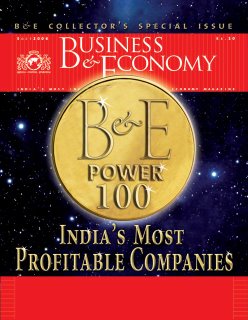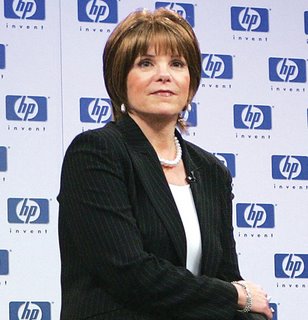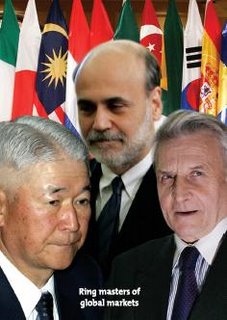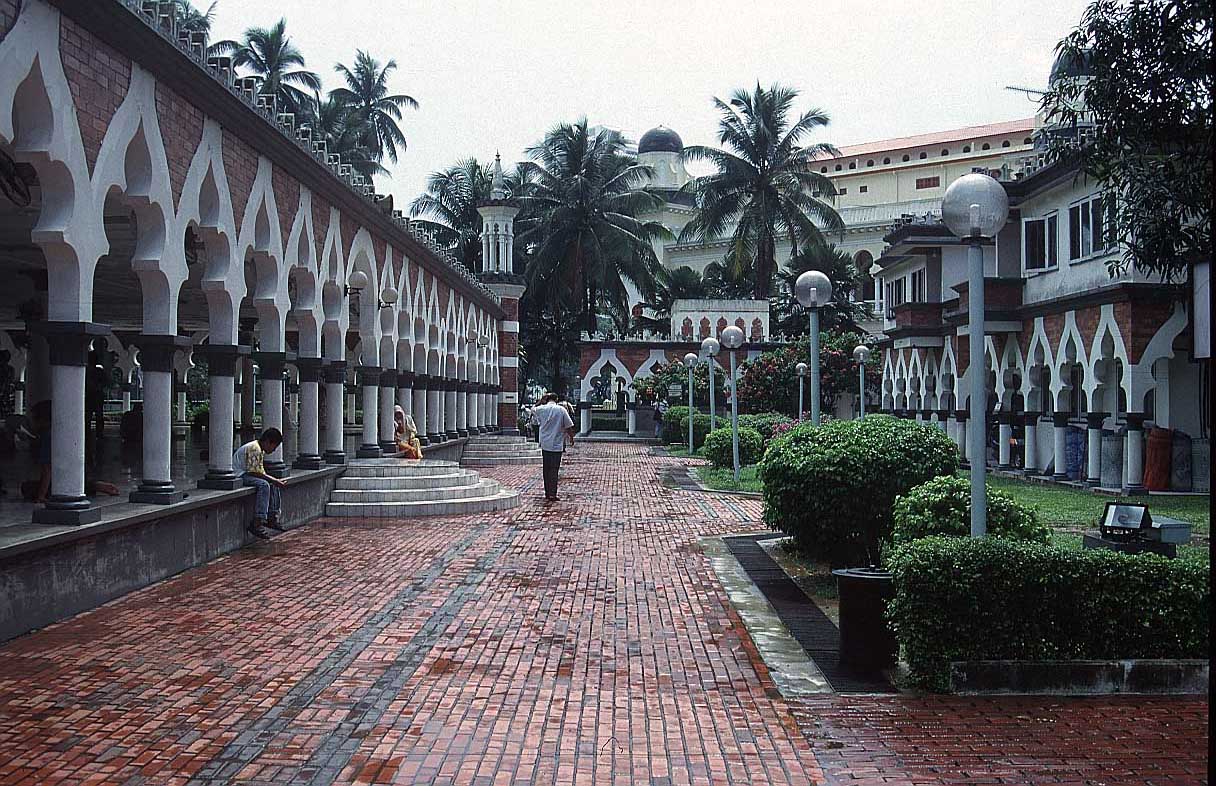That
 is, until the herd jumps off a cliff ! Like in their mad dash to takeover Corus Steel at all costs, and like their illogical share purchase (of Spice Jet) in the hugely loss making low-cost air carrier segment – both notable cliff jumps of December 2006 – experts are asking whether the Tata Group is too drunk and dizzy with their past successes, to not realize that various research reports have categorically shown how the ‘Rs.1 lakh car’ is a recipe for the grandmother of all disasters?
is, until the herd jumps off a cliff ! Like in their mad dash to takeover Corus Steel at all costs, and like their illogical share purchase (of Spice Jet) in the hugely loss making low-cost air carrier segment – both notable cliff jumps of December 2006 – experts are asking whether the Tata Group is too drunk and dizzy with their past successes, to not realize that various research reports have categorically shown how the ‘Rs.1 lakh car’ is a recipe for the grandmother of all disasters?Forget experts, the Tatas perhaps just have to look across the road to their largest competitor for statistic support. Out of the past 9 months, the lowest priced, once hot selling Maruti 800 has shown dramatic negative growth for 6 months. In fact, in October 2006, the model went on a disaster mode with a negative 30% growth, the largest ever fall in the period! Haven’t these sales figures of even Maruti 800 given them some hint? Not according to Tata Motors, which claims, “In the next 3-5 years, our entire product portfolio will completely change in terms of advancements, we have our complete focus on retaining market shares.”
For Complete IIPM Article, Click on IIPM Article
Source : IIPM Editorial, 2006
An IIPM and Malay Chaudhuri – Arindam Chaudhuri Initiative
For More IIPM Article, Visit Below....
IIPM BEST B-SCHOOL
IIPM Alliances
IIPM Academics : Curriculum
Story About IIPM-The Indian Institute of Planning and Management
IIPM RANKED AHEAD OF FIVE OF THE IIMS RATED AS ONE OF THE FASTEST ...
I believe I can fl y, I believe I can be the PM...
IIPM News
BUSH... RIGHT HERE ON EARTH...
Topic: India – China: A Growth Comparison
IIPM : All the roads lead to home...
Truth or Dare
IIPM Press Release :- Ji Subhash Zee!

















 to become the largest selling B segment car within 12 months of launch as the positioning was reinforced. The success of Indica’s message, in Parameswaran’s words, has been “a combination of various factors: A great product offering; a great entry price; a well focused marketing and advertising strategy; and above all the Tata brand.” He also makes another quick mention: “Indica’s continuing success has been due to the way the company has managed to stay engaged with its consumers by constantly communicating on the same platform.” Tata has really dug in its wheels and let competition bite the dust!
to become the largest selling B segment car within 12 months of launch as the positioning was reinforced. The success of Indica’s message, in Parameswaran’s words, has been “a combination of various factors: A great product offering; a great entry price; a well focused marketing and advertising strategy; and above all the Tata brand.” He also makes another quick mention: “Indica’s continuing success has been due to the way the company has managed to stay engaged with its consumers by constantly communicating on the same platform.” Tata has really dug in its wheels and let competition bite the dust!









 lonial rule in 1957 and the Federation of Malaya was established under the leadership of Tunku Abdul Rahman. Since then, Malaysia has focused on transforming itself from being an essentially agricultural & mining society to one relying on manufacturing. Singapore was initially a part of Malaysia, but withdrew in 1965 due to demographic imbalances. Ever since, Malaysia’s presence has been felt significantly through various international frameworks like AFTA (ASEAN Free Trade Area), APEC (Asia- Pacific Economic cooperation), NAM (Non-Aligned Movement Countries) and OIC (Organisation of Islamic Countries).
lonial rule in 1957 and the Federation of Malaya was established under the leadership of Tunku Abdul Rahman. Since then, Malaysia has focused on transforming itself from being an essentially agricultural & mining society to one relying on manufacturing. Singapore was initially a part of Malaysia, but withdrew in 1965 due to demographic imbalances. Ever since, Malaysia’s presence has been felt significantly through various international frameworks like AFTA (ASEAN Free Trade Area), APEC (Asia- Pacific Economic cooperation), NAM (Non-Aligned Movement Countries) and OIC (Organisation of Islamic Countries).